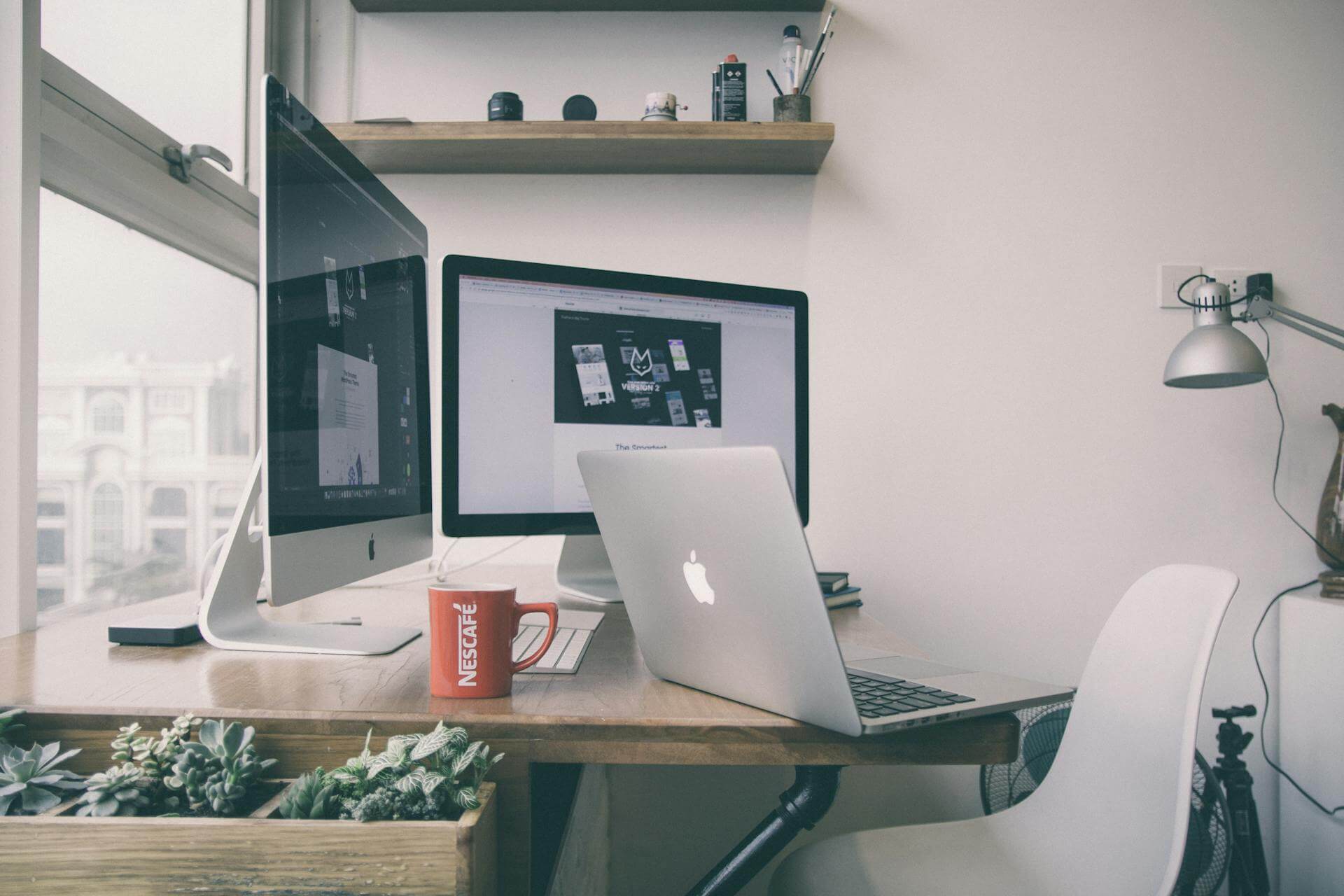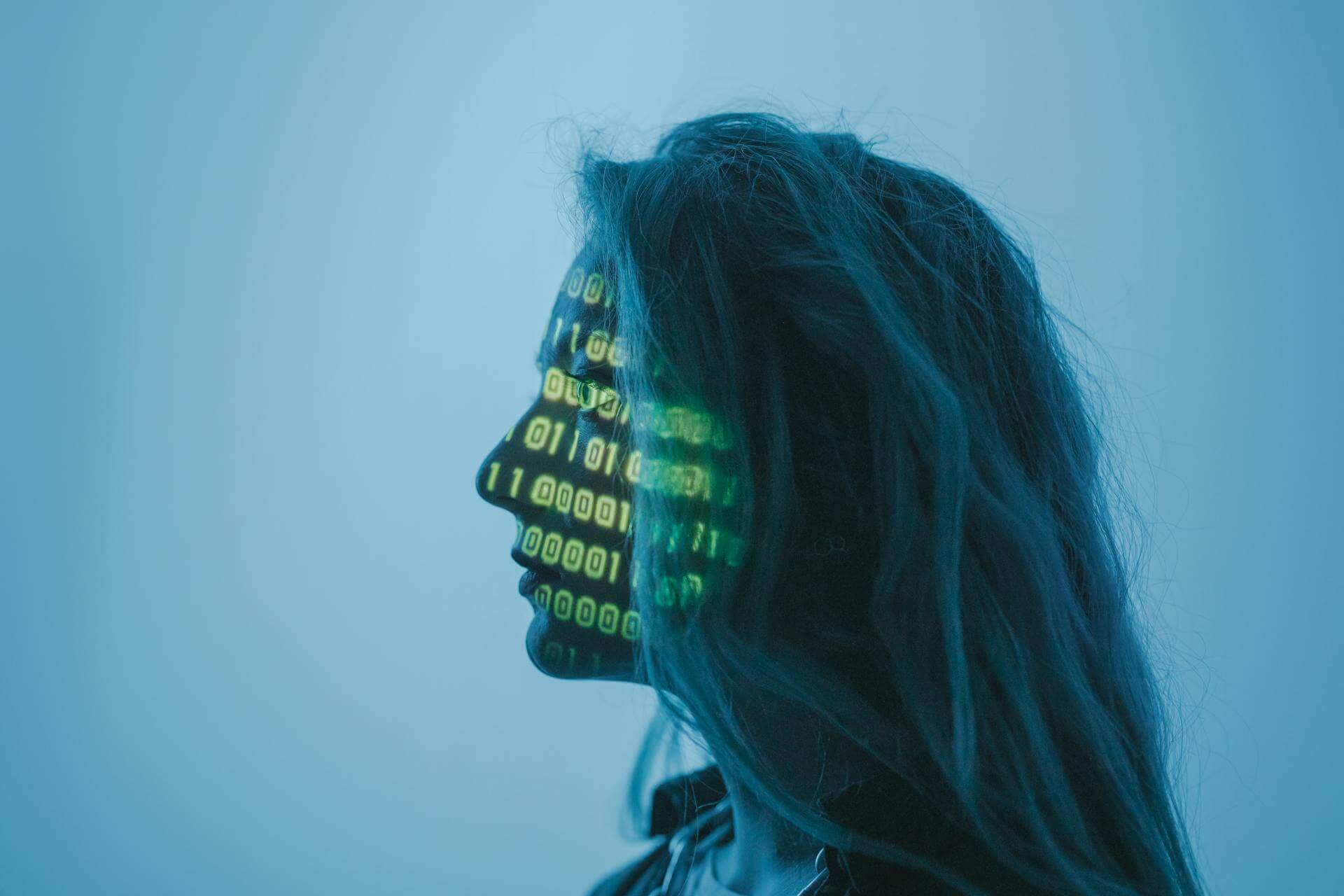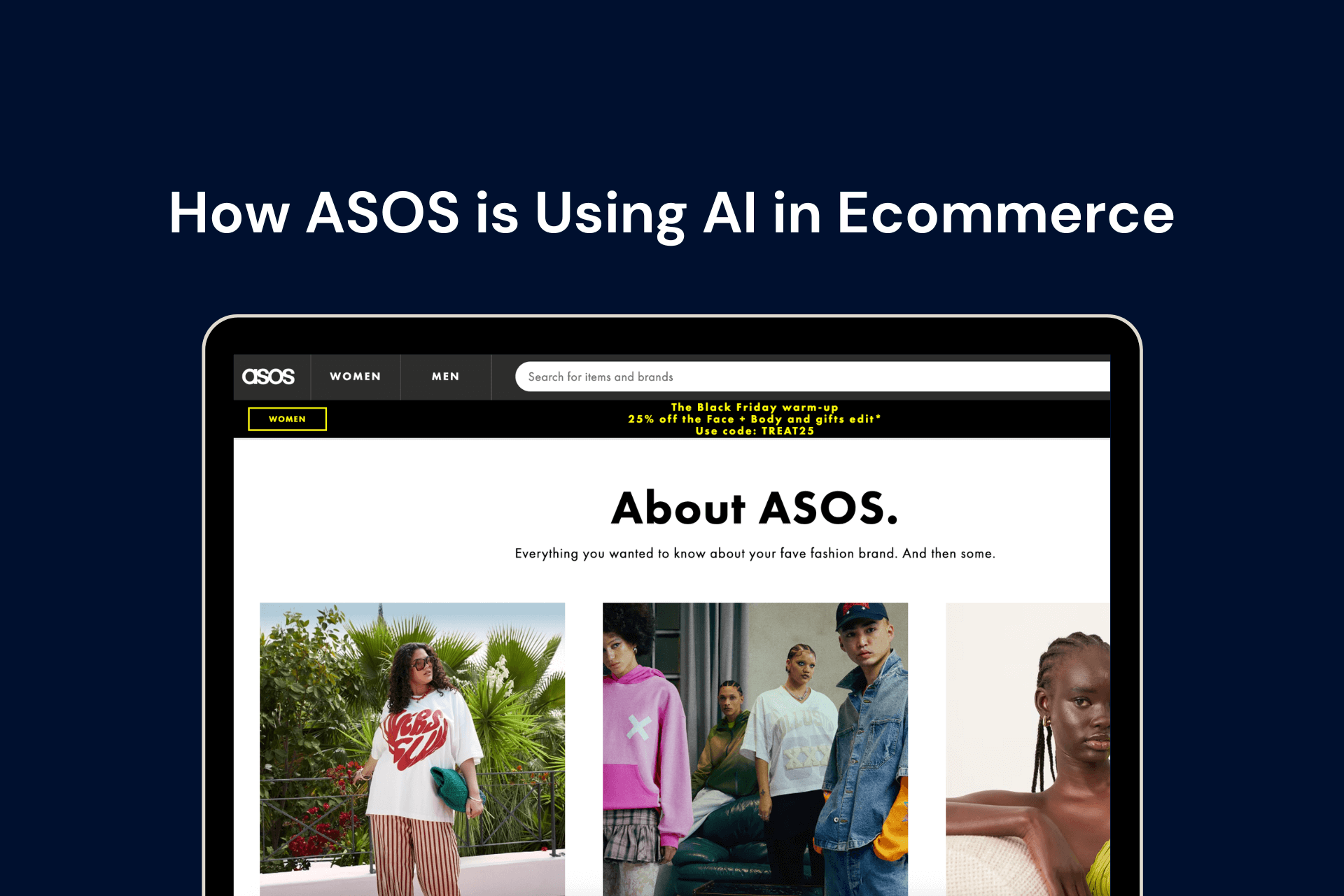The visual appeal of your products is a tiebreaker for your online audience.
Your online sales depend a lot on how your product looks because customers cannot touch or try your products before making an online purchase.
They make purchases judging by the look of your product and you need high-quality images to show the best of what customers can expect. Safe to say, the image quality along with the size can make or break that visual appeal.
In this guide, we’ll break down the best dimensions for Shopify images and how AI can help you optimize them effortlessly.
Why is image size important
Here’s why choosing the right image size for your Shopify store isn’t just about aesthetics, and has a direct impact on your store’s performance:
1. Better user experience
Firstly, having high-quality images with accurate sizes makes your store and products look professional and reliable, which builds brand trust and sales. High-quality, well-sized images make your products look sharp and clear on all devices.
Secondly, consistent image sizes also make browsing smoother, allowing customers to compare products easily. Not having to scroll immensely just to view the entire image improves engagement.
Appropriate size and quality images also reduce the chances of returns due to misleading visuals.
2. Improved page speed
Large, unoptimized images take longer to load, which can slow down your website and frustrate potential customers. Page speed has a direct impact on engagement rates, and a delay in load time from 1 second to 3 seconds increases the probability of bounce rates by 32%.
Optimizing all your Shopify store’s images is a must because it improves load time and provides a seamless shopping experience. Faster pages perform better on mobile devices, and because most of the shopping is done on mobile, you need to offer a quick browsing experience.
Beyond just keeping your customers engaged, speedy websites also increase conversions.
3. Better SEO & search rankings
Page speed is one of the direct ranking factors for search engines because they offer a better user experience. Optimized images improve speed which in turn helps improve your page rankings.
Additionally, images optimized for formats, compression techniques, and alt text descriptions are easily understood by web crawlers, the bots responsible for indexing website content, which increases the likelihood of better ranking.
This means your store will attract more organic traffic, visibility, and potentially more sales.
What are Shopify's image size guidelines?
Here’s a breakdown of the different image types, their ideal dimensions, and why they will work best for your store:
|
Image Type |
Recommended Dimensions |
Aspect Ratio |
Maximum File Size |
|
Product Images |
2048 x 2048 pixels |
1:1 (Square) |
20 MB |
|
Hero Images |
1920 x 1080 pixels |
16:9 |
10 MB |
|
Banner Images |
1200 x 400 pixels |
3:1 |
20 MB |
|
Collection Images |
1024 x 1024 pixels |
1:1 (Square) |
20 MB |
|
Slideshow Images |
Width: 1200-2000 pixels Height: 400-600 pixels |
Varies |
20 MB |
|
Blog Featured Images |
1200 x 800 pixels |
3:2 |
20 MB |
|
Logo Images |
Square: 100 x 100 pixels Rectangular: 400 x 100 pixels |
1:1 or 4:1 |
20 MB |
|
Background Images |
1920 x 1080 pixels |
16:9 |
20 MB |
|
Text Overlay Images |
2880 x 1620 pixels |
16:9 |
20 MB |
Product images
The ideal display size of product images is 2048 x 2048 pixels with a 1:1 aspect ratio. This ensures high-quality visuals and also ensures consistency across product listings.
If you want to enable the zoom function to portray your products up close, Shopify requires images to be at least 800 x 800 pixels. Additionally, square images are ideal for a clean and organized grid layout.
Hero images
Hero image is the first image customers see on your homepage, and it should be 1920 x 1080 pixels with a 16:9 aspect ratio.
A widescreen format provides a balanced and visually appealing display across both desktop and mobile screens. This large and high-resolution hero image sets the tone for your brand and captures visitors' attention immediately, so make it count.
Banner images
These images go across the width of the page which is why they are best at 1200 x 400 pixels, with a 3:1 aspect ratio.
This format ensures the images remain sleek and non-intrusive while effectively highlighting promotions, announcements, or seasonal offers. A well-sized banner keeps text and images legible without overwhelming the page design.
Collection images
Maintaining collection images at 1024 x 1024 pixels with a 1:1 aspect ratio, ensures they are uniform and visually consistent across different collections.
This square format ensures products are displayed evenly, making it easier for customers to browse and compare items within a collection.
Slideshow images
Slideshow images are meant to rotate on the homepage or other sections of the store and hence are recommended at a width range between 1200 and 2000 pixels, with a height between 400 and 600 pixels.
This dimension ensures optimal display across every device without appearing too stretched out or cropped. Use slideshows to showcase multiple products or your brand messages in an interactive way.
Blog feature images
The images you use for your blog posts should be 1800 x 1000 pixels with a 16:9 aspect ratio. You can use images of the given dimension across blog posts on your website and even on social media.
A properly sized blog feature image ensures a professional appearance without slowing down page load times, engages your customers, and encourages them to check out more products.
Logo images
If you choose square logos, it should be 512 x 512 pixels or it should be 250 x 100 pixels for rectangular logos. These sizes ensure that your logo remains crisp and clear on all devices without becoming stretched or pixelated.
If you keep up with this optimized logo you will be able to establish brand identity and maintain consistency across your store, emails, and marketing materials.
Background images
The images used behind content or as decorative elements should be 1920 x 1080 pixels with a 16:9 aspect ratio. This widescreen format covers the screen evenly without distorting or pixelating on larger displays.
Properly sized background images create a visually appealing store design without slowing down page speed.
Text overlay images
The text overlay images should be 2880 x 1620 pixels with a 16:9 aspect ratio. These images serve as a backdrop for text elements, such as banners or promotional messages.
A higher resolution ensures clarity, so text remains readable without appearing blurry or lost in the background.
What are the best image file formats for Shopify
Here’s a breakdown of the best image file formats for Shopify and when to use them:
WebP – Best for overall performance
WebP offers excellent compression with minimal quality loss, making it ideal for product images, banners, and collections. Shopify supports WebP natively, and it helps improve page speed and SEO.
JPEG (JPG) – Ideal for product photos
JPEG is widely used for high-quality product images with smaller file sizes. It supports compression without compromising on quality and is the ideal format when color depth even with a small file size is important.
PNG – Best for transparent backgrounds
PNG is perfect for logos, icons, and images requiring transparent backgrounds. It is the opposite of JPEG because it maintains high quality to preserve fine details and has larger file sizes.
GIF – Suitable for simple animations
GIFs help you add a touch of animation without going all out on it. Though they are lightweight animations they are not optimized for high quality, speed, and file size.
AVIF – Advanced compression for the future
AVIF offers even better compression than WebP with superior quality, but there’s a drawback. It is not yet widely supported, and Shopify doesn’t yet support AVIF natively. As adoption grows, it could become a top choice for Shopify stores.
HEIC – Best for Apple device compatibility
HEIC is Apple’s default image format, offering high-quality compression. However, it is not natively supported by Shopify, so images must be converted to WebP or JPEG before uploading.
Note - Shopify auto-detects compatibility with devices and browsers and automatically converts the images into compatible formats (in case of no support) to display them.
How to use AI to optimize image sizes
Optimizing every single image according to Shopify standards is time-consuming. AI can do the heavy lifting here by resizing and compressing images as and when needed. Here are some of the use cases:
AI-powered image optimization
Shopify apps like TinyIMG, SEO Image AI, Crush.pics use AI to automatically compress and optimize images without losing quality. They also keep track of the file size ensuring images do not affect the site speed and overall performance.
Automate image resizing and compression
You can delegate your image resizing efforts to AI-powered apps like Cloudinary and TinyPNG. They can automatically adjust images to fit Shopify’s recommended dimensions, optimize according to visitor’s device and image speed, and even convert to next-gen formats like WebP.
AI for bulk image optimization
Apps like ShortPixel AI and ImageOptim can optimize images in bulk. They can automate the process of optimizing thousands of images at once, which reduces your workload while also maintaining your store’s performance.
Lazy loading with AI
Lazy loading does not load images until they are visible on the screen or needed. Its purpose is to improve page speed. Shopify themes often include built-in lazy loading, but apps like Lazy Load can automate this process as per user behavior and optimize loading in real time.
AI-powered alt text and SEO optimization
Search engine bots use alt text to understand images and their content. Apps like SEO Image AI use machine learning to create keyword-rich alt text automatically, enhancing your product visibility on Google and making your site more accessible.
Convert images to next-gen formats
Modern image formats like WebP and AVIF offer better compression in small file sizes than traditional formats like JPEG and PNG. AI-powered tools such as Cloudinary or Shopify’s built-in WebP support can automatically convert images into these next-gen formats.
Conclusion
AI-powered tools can undoubtedly make image optimization seamless, but you cannot trust them blindly.
A human touch is still essential to ensure accuracy and maintain branding consistency across your entire store. That’s where Shopify experts at XgenTech can be of support to you.
Our team fine-tunes AI-optimized images, ensuring they align perfectly with your store’s outlook as well as business and performance goals.
Need help optimizing your Shopify store’s visuals? Contact us today!




